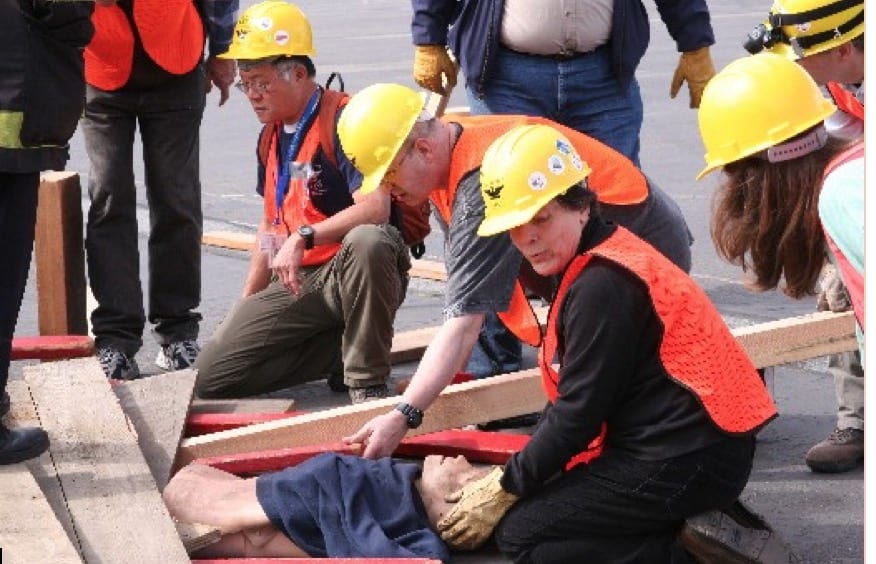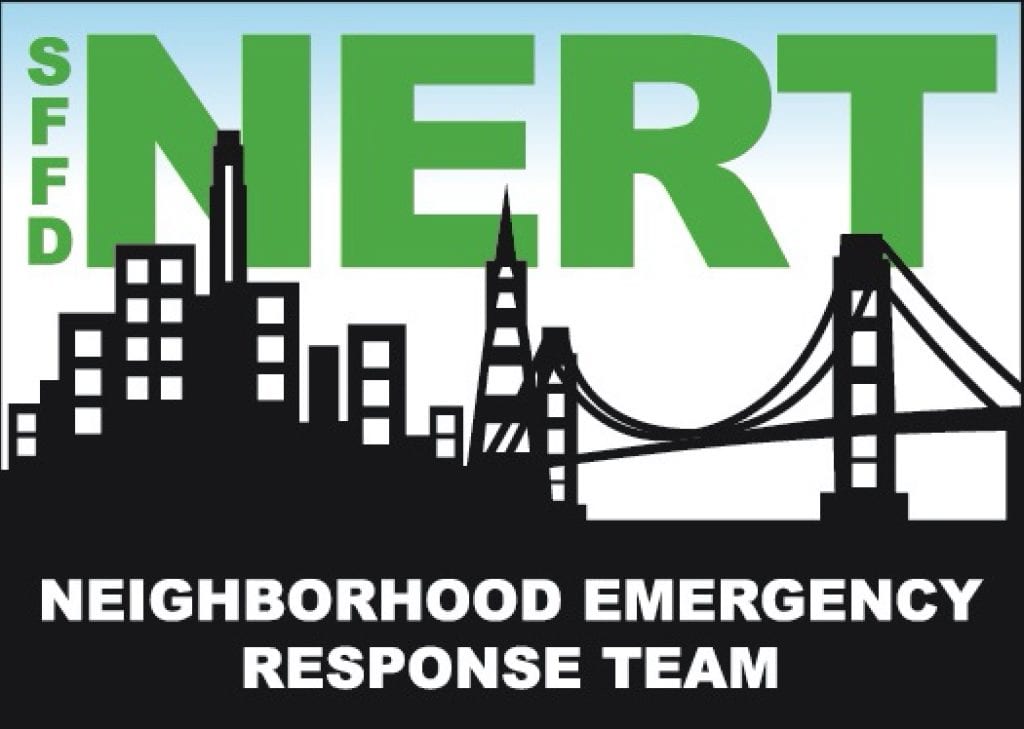
You’ve heard the question a million times – “Are you ready for the Big One?” If your answer is no, you’re taking a big gamble. If you say yes, chances are you could be doing more – a lot more – to prepare for the next earthquake or other major disaster.
Recent forecasts of activity on two nearby faults, the Hayward and the Rodgers (beneath San Pablo Bay), predict catastrophe if and when the next earthquake hits. If the faults are physically connected, which is suspected but not proven, they would encompass 99 miles, from Healdsburg to San Pablo Bay. This is important because the longer the fault, the more widespread the damage and loss of life and injury.

According to the SF Chronicle (Sept. 13, 2016):
The odds are mounting once again that more destructive earthquakes will hit the bay region within the next 30 years.
There’s now a 72 percent probability — which means the odds are nearly 3 to 1 — that one or more quakes with a magnitude of 6.7 or greater will strike along one of the region’s faults in the San Andreas Fault system before 2043, the experts have calculated.
After the 1989 Loma Prieta earthquake, many San Francisco citizens spontaneously got together and helped the fire department any way they could, particularly in the hard-hit Marina district. It became apparent that the City needed a network of organized and trained volunteers, spanning all neighborhoods, who would be ready and able to assist the fire department the next time.
Thus NERT (Neighborhood Emergency Response Team) was born. The fire department established a program to train San Francisco residents to be prepared to help themselves, their families and their neighbors in the event of a major disaster.
Those who go through the program are certified to do triage, damage assessment, basic search and rescue, and other techniques. They can join their neighborhood NERT team and take advanced courses such as HAM radio communications. Or, they can just take the knowledge they’ve gained to be truly prepared to survive on their own resources.
In Glen Park, 359 residents have been trained since NERT’s inception. Sixty-seven have been trained in the past six years. Today 28 are actively involved, attending meetings and participating in periodic drills, including the annual citywide drill and visits to the local fire battalion station.
Susanna Russo has been the Glen Park NERT coordinator since 2010. “I see my role as a facilitator for the neighborhood, both NERT and non-NERT trained, in understanding the need for emergency response preparedness. I tell people about the program and encourage those who’ve had the training to be recertified, get more training and get more involved.”
Putting the word out takes many forms. For NERT members there is an official Regroup site. Reminders about training schedules and other NERT activities are also posted on the Glen Park Association website.
Dwight Smith, a trained NERT since 2006, reflected on the effect the training has had on him. “It’s given me a way to think about how to be prepared going into an earthquake or other event; I’ve done some planning and preparation. We have several cats and I always make sure we have extra food stored. I learn a lot from the drills and exercises and always want to learn more. NERT has also brought me closer to people in the neighborhood.”
A general meeting was held at the Glen Park Library on September 21. Both trained NERTS (11) and those interested in more information (7) were invited. Turnout was encouraging and the friendly group talked about their experiences and expectations.
The meeting also focused on two goals going forward: First, to develop a written emergency response plan for Glen Park; second, to develop a cadre of trained and experienced leaders and responders.
One current activity is to organize the staging area, where Glen Park NERT responders will assemble when a major disaster is declared. It is designated as the tennis courts in Glen Canyon Park, where a command center will be organized to dispatch NERTs throughout the neighborhood to perform damage assessment, light search and rescue, and other tasks.
There’s a lot of talent to harness in Glen Park when needed. Among the attendees at the meeting were a physician, EMT, cartographer, and a construction professional.
Going forward, people expressed concerns about checking in on the elderly, frail, and babies and children. The NERT team will address these issues in the future.
Another project, which will require a lot of volunteer help going block by block, is to develop a map of Glen Park that features structures, facilities, hazards and resources. When needed, this map will provide guidance and information to NERT volunteers as they scour the neighborhood after a disaster.
The structure of the NERT training, topics covered, schedule of classes,
how to sign up, etc., are all explained at the NERT website:
http://sf-fire.org/neighborhood-emergency-response-team-nert
(Thanks to Martha Raup for supplying valuable information about the meeting at the Glen Park Library.)